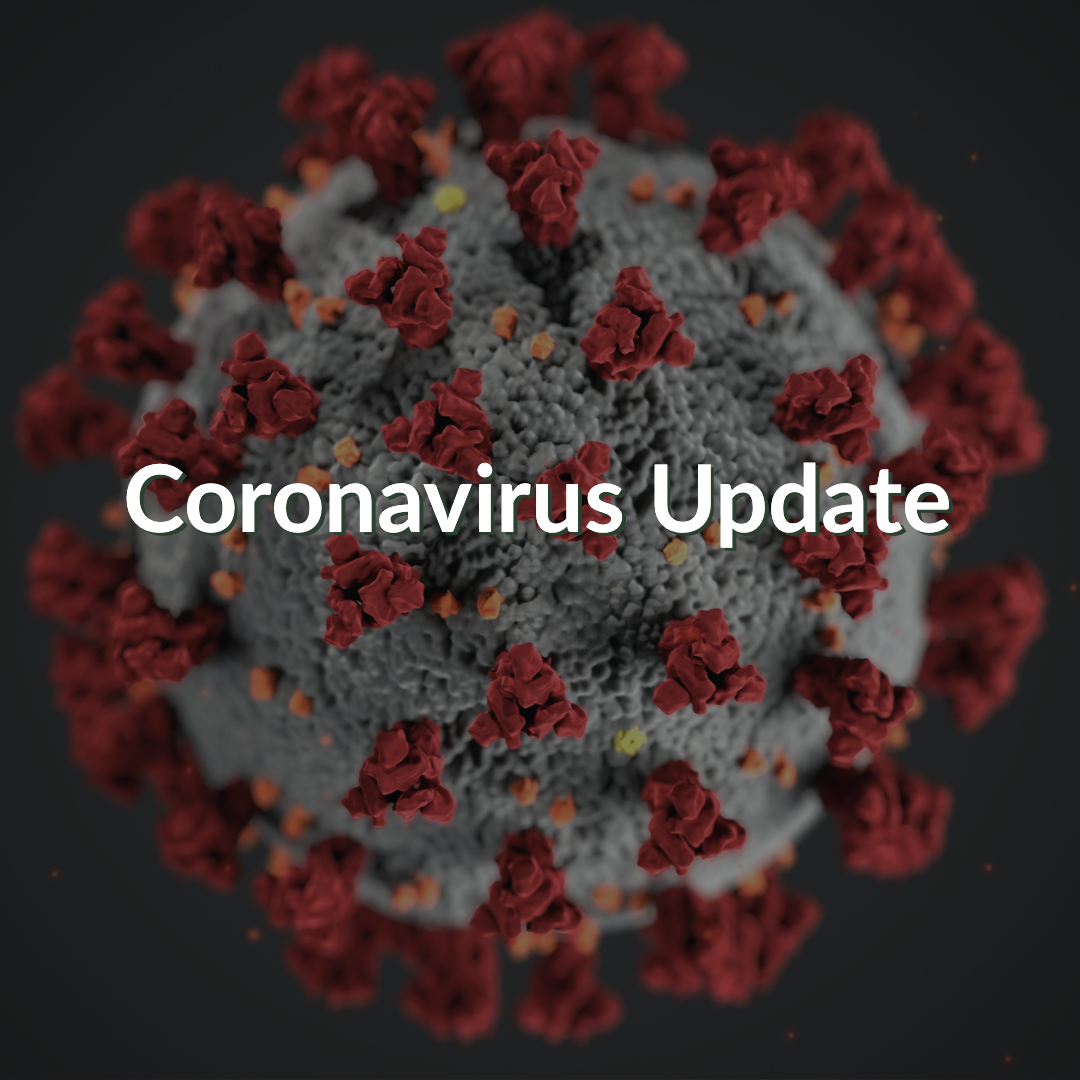article written by Julie Mason, HAB member

What is Advent?
The word Advent comes from the Latin word “Adventus,” which means “coming” or “arrival,” and in the church it signifies the arrival of Christ. It is the beginning of the church year, also called the liturgical year. It is a time of excitement and preparation for observing the birth of Christ. Christmas is such a big event for Christians that we anticipate the day for weeks in advance, the period we call “Advent.” While the early church used this time for fasting and reflection, the penitential aspect of the season has been almost totally replaced by an emphasis on hope and anticipation.
Advent begins on the fourth Sunday before Christmas, and ends on Christmas Eve. This year, Advent begins on Sunday, December 2. The focus of the entire season is celebrating of the birth of Jesus in his First Advent, into the world, and anticipating his Second Advent, or second coming, his return as Christ the King.
What are the colors of Advent?
Historically, the primary sanctuary color of Advent was purple, the color of penitence and fasting, also the color of royalty. While purple is still used in most Catholic churches for Advent, as well as for Lent, many Protestant churches, including HAB, now use blue to celebrate Advent.
Red and green are the more secular colors of Christmas. Although they stem from the old European custom of using evergreens and holly to symbolize ongoing life and the hope that Christ’s birth brings into a cold world, they are not used as liturgical colors during Advent, since they have other uses in other times during the church year (i.e., red on Pentecost, green during Ordinary time).
What is the Advent wreath?
The origins of the Advent wreath are found in the folk practices of the early pre-Christian Germanic and Celtic peoples who, during the cold December darkness, gathered wreaths of evergreen and lit blazing fires as signs of hope in a coming spring and renewed light. The use of the Advent wreath in Christian practice is believed to have been introduced by Martin Luther.
How do we observe Advent?
Advent is observed with the lighting of Advent candles and the display of wreaths, and with the use of greenery increasing as the season progresses toward Christmas. It is also celebrated with music heralding the birth of Jesus, expressing the suspense and anticipation that awaits this event.
The lighting of the candles is also an important symbol of the season. The flame reminds us that Jesus is the light of the world and that we are called to be a light in the world, too, reflecting God’s grace. The flame of each new candle reminds us that something good is happening, and that more is yet to come.
There are five candles in the Advent wreath; four stand within the greenery woven together, while the fifth, the Christ candle, is in the center. The candles are lit, one by one, on the Sundays preceding Christmas. The Christ candle is lit on Christmas Eve, symbolizing the coming of Christ in all his radiance and light.
The first candle traditionally represents Hope, the second Peace, the third Joy, and the fourth Love. These four are blue. The fifth, the Christ candle, is white, and its location in the center of the wreath reminds us that the birth of Jesus is the heart of the season, giving light to the world.
What is the spirit of Advent?
Advent is marked by a sense of happy expectation, of anticipation, of preparation, of longing. It is with this spirit of hope that we await the celebration of Christ’s birth and its twin themes of the coming of the King.
Thus, Advent is far more than simply marking a 2,000-year-old event in history. Advent’s prayers are those of devotion and commitment, deliverance, prayers from those walking in darkness who are awaiting a great light. It is celebrating a truth about God, relief from sorrow and evil, the consummation of the Kingdom. We hear this in the words of one of the most beloved of all Advent hymns,
O come, O come, Emmanuel,
And ransom captive Israel!

How do we celebrate Advent?
In congregational worship, the Advent wreath is the central symbol of the season, the focal point for drawing the congregation into the story of Jesus that will unfold throughout the church year. Members of the congregation are often involved in lighting the Advent candles. Advent calendars and Advent candles that count down the days in the home are also fun for the entire family, especially children.
When does Advent conclude?
Advent concludes on Christmas Eve at midnight, when Christmas Day officially begins. At HAB, as in many other churches, the final worship service of Advent is the “Festival of Nine Lessons and Carols.” This lovely, gentle service, which begins with the lighting of the Christ candle, was first introduced in 1918 in King’s College Chapel at the University of Cambridge in England. Sometime in the 1930s, the BBC began broadcasting the service on its overseas programs, and now there are millions of listeners worldwide, one correspondent having written that he heard the service in a tent on the foothills of Mount Everest and another from the dunes of the Sahara, yet another from her kitchen as she prepared Christmas dinner, still another from his hospital room. Wherever the service is heard and however it is adapted, the pattern and strength of the service derive from both lessons and music, the lessons remaining constant from year to year, the music changing at the discretion of the music master, except for the opening carol, which is always “Once in Royal David’s City.”
At HAB, the “Festival of Nine Lessons and Carols” takes place at 11 p.m. on Christmas Eve, concluding at midnight as Christmas Day begins. More about ADVENT at HAB here.





